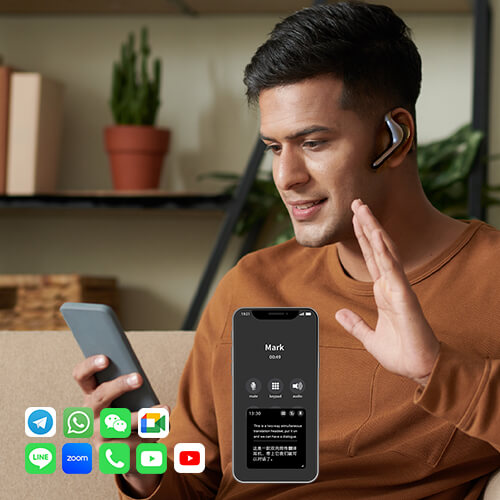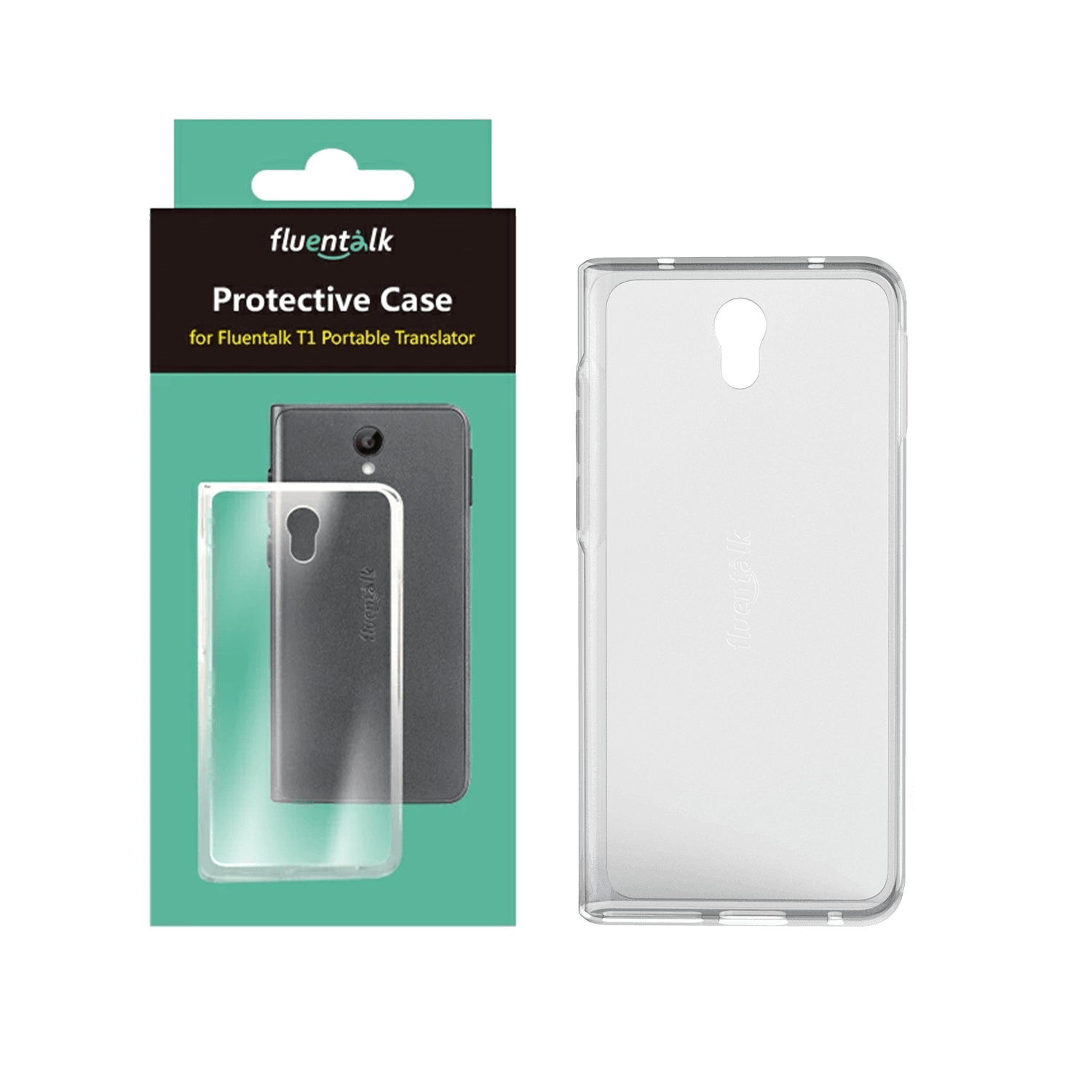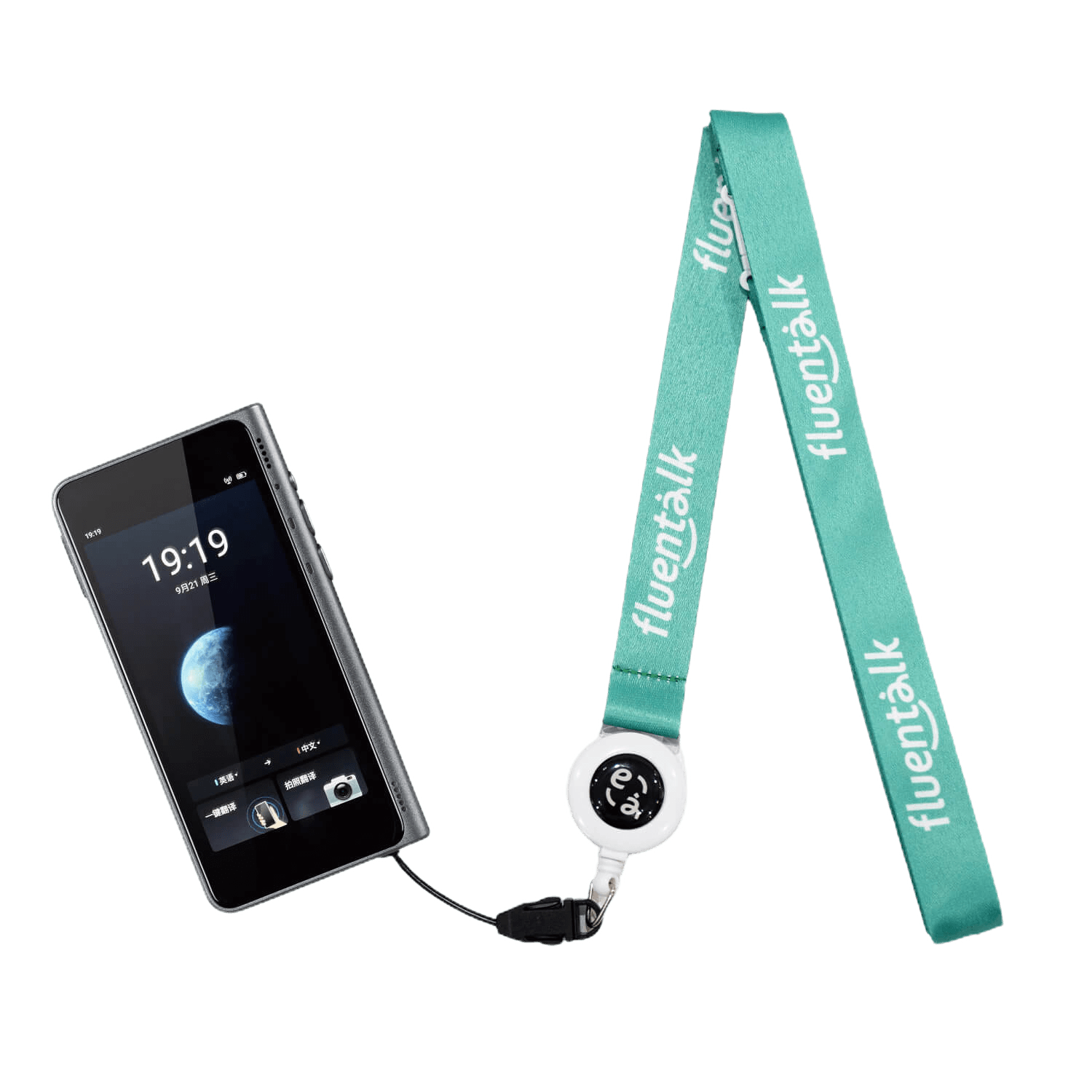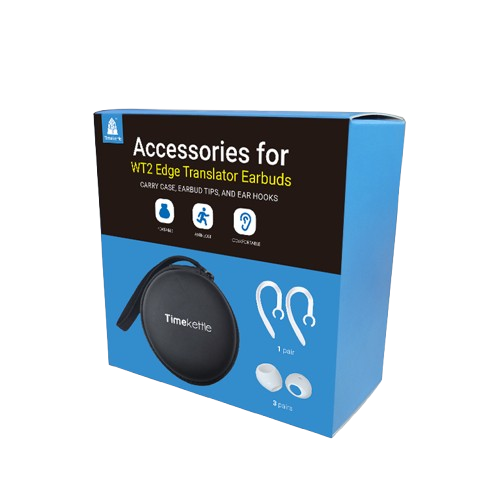Navigating Japan Without Speaking Japanese: A Comprehensive Guide for Travelers
There are many questions being raised: How to travel in Japan if you don’t know Japanese?
The truth is, traveling in Japan without speaking Japanese is absolutely possible. Many visitors traveled Japan with confidence, despite having no language abilities. This comprehensive guidebook is filled with tried-and-tested approaches that work in real circumstances.
Whether you're a first-time tourist or a come-backee looking forward to an encore, these suggestions will make the Japan experience one to remember.
Quick Tips for Language-Free Travel in Japan
Before diving into the details, here are some essential tips to get you started:
- Download a reliable translation app like Google Translate or iTranslate. These apps can translate messages, words, and even photographs, and it is a must-have when reading menus, signs, as well as chats.
- Use smart translation devices for real-time, hands-free communication. Devices like the Timekettle New T1 and M3 translation earbuds offer natural, back-and-forth conversations. Functioning offline for the majority of languages, perfect for remote communities as well as impromptu talks with the locals.
- Learn basic phrases such as "hello" (こんにちは, konnichiwa), "thank you" (ありがとう, arigatou), and "excuse me" (すみません, sumimasen). You can also pick up a basic understanding of phrases like greetings, goodbyes, etc.
- Carry a pocket-sized Japanese phrasebook for quick reference. Phrasebooks carry phonetic pronunciations so that it is easier to communicate even if you do not read Japanese characters.
- Print or screenshot key addresses and destinations in Japanese. This assists you in showing them to locals, station staff, or taxi drivers for directions.
- Use visual communication tools like pointing and gesturing when necessary. A picture or a map can often be a more effective communicator than words.
- Smile and maintain a friendly demeanor. Warmth in tone can do much toward overriding inhibitions and making people ready to cooperate right away.
Mastering Japan's Public Transportation System

Japan's public transportation is famous for its convenient, on time, and clean. It does, though, come with a learning curve for foreign non-speakers. Make life a breeze with the following advice:
Navigating the Shinkansen (Bullet Train) Network
The Japanese bullet train represents the pinnacle of speed and punctuality. This is how you can get the best out of it:
- Look for English signage and announcements at major stations. Shinkansen stations generally offer brief English directions for international tourists. Without an English label, you can now freely bring with you a translation device like Timekettle New T1 so you can interpret the contents of the photo wherever you are, whenever.
- Use ticket machines with English language options. These are easy-to-use machines where you can buy a ticket without any help.
- Consider purchasing a Japan Rail Pass for unlimited travel. It’s worth the investment for tourists traversing through a series of places.
- Download the official JR East app for real-time train information, including schedules, platform details, and service updates.
Making Seat Reservations on Shinkansen
Pre-book your seats for a trouble-free flight:
- Visit any JR ticket office to make reservations. Staff members are also familiar with handling foreign tourists.
- Show your Japan Rail Pass or purchase tickets as needed. It makes the procedures convenient for you and saves you from buying separate tickets.
-
Request an English-speaking staff member if available. Some big stations have multilingual member of staff for tourists.
Buying Shinkansen Tickets
There are avariety of means you can purchase tickets:
- Use multilingual ticket machines at major stations. Such machines also typically provide English step-by-step instruction.
- Visit a JR ticket office for personalized assistance. Staff can help you choose good routes and seats.
- Book online through the JR East website (available in English). Purchasing in advance implies being able to organize a trip in advance, without queuing.

Exploring Japan with the Japan Rail Pass
The Japan Rail Pass offers excellent value for tourists:
- Available for 7, 14, or 21 consecutive days. Choose the coverage period giving the best coverage for your travels.
- Covers most JR trains, including shinkansen (except Nozomi and Mizuho). This pass is ideal for long-distance travel.
- Provides access to JR buses and ferries. For example, the pass includes the ferry to Miyajima Island.
- Must be purchased before arriving in Japan. You can buy your pass online or from an accredited seller.
Navigating Local Buses
While less English-friendly than trains, buses are still manageable:
- Board from the rear and exit at the front. It is a common practice in Japan, allowing for quick settlement and convenient boarding.
- Take a numbered ticket when boarding. Your ticket also determines your price and where you get off.
- Pay the fare displayed on the screen when exiting. Fares are calculated based on the distance traveled.
- Use a Suica card for contactless payment. This prepaid card provides convenient bus commutes with no trouble for carrying money.
Make Travel in Japan Easier with a Suica Card
If you’re heading to Japan, one of the smartest things you can do right after landing is pick up a Suica card. It's a simple prepaid IC card, but trust me — it can seriously make your travel smoother.
Why You’ll Love Using Suica
-
No more paper tickets. Just tap the card at the train gates or on buses. That’s it — no need to figure out fares or line up at the machines every time.
-
It works almost everywhere. Not just on trains — you can use it at convenience stores, vending machines, even some restaurants.
-
Saves time (and stress). You don’t need to worry about whether you’re on the right fare — the system deducts the correct amount automatically.
-
You can get your money back. When you leave Japan, just return the card and you’ll get your deposit and leftover balance refunded.
Where and How to Get One
-
Buy it at airports or train stations. Just look for machines or counters that say “IC Card” — they’re everywhere.
-
Topping up is easy. You can recharge it at ticket machines (they usually have English menus) or at many convenience stores.
-
Keep an eye on your balance. You’ll see the remaining amount flash up when you tap in, or you can check at any machine.
Taking a Taxi When You Can't Use the Train
Sometimes trains and buses just aren’t an option — maybe it’s late, or you’re in a more remote area. That’s when taxis come in.
Here are a few tips that make it easier if you don’t speak Japanese:
-
Have your destination written down in Japanese or saved on a map. It saves time and avoids confusion.
-
Go to a taxi stand. These are usually near train stations, hotels, or tourist spots — especially in big cities.
-
Use an app like JapanTaxi. You can type your destination in English, and it handles the rest. Some taxis even have multilingual screens.
-
Taxis are clean and safe — but not cheap. Keep in mind, the meter adds up fast, especially on longer rides.
Don’t Skip the Tourist Information Centers
These places are gold when you’re lost, need help, or just want the local scoop.
-
Staff often speak English (and other languages too). They’re trained to help international travelers.
-
Grab free maps and brochures. Seriously — they’re super helpful, especially in smaller towns where Google Maps might not show everything.
-
Ask for suggestions. They can tell you about local festivals, good places to eat, and even help with reservations.
-
Some offer tours or cultural workshops. It’s a great way to try things like tea ceremonies or kimono experiences without the tourist traps.
Getting Help from the Police (Yes, Really!)
In Japan, the police are friendly, approachable, and used to helping tourists. You’ll find small neighborhood police boxes called koban all over the place.
-
Don’t be shy. Even if your Japanese is zero, a simple “excuse me” and some gestures go a long way.
-
Show them a map or photo. Visuals help when words don’t work.
-
Be polite and patient. Say “arigatou” (thank you) — a little respect goes a long way.
The Importance of Pre-Planning Your Journey
Preparation is key to a smooth travel experience:
- Research and book accommodations in advance. Favorite hotels get booked soon, especially during high seasons.
- Plan your daily itinerary, including transportation routes. If you know your schedule, you can relieve tension and manage time effectively.
- Download offline maps and translation apps/ using a Timekettle New T1 translation device. These are a lifesaver when you are in low-connectivity spots.
- Familiarize yourself with local customs and etiquette. When you are properly informed about customs, interaction with locals is much smoother.
Navigating Japan's Complex Train Stations
Major stations can be overwhelming, so be prepared:
- Allow extra time for transfers and finding platforms. Stations are huge as well as very busy, e.g., Tokyo, Shinjuku.
- Look for English signage and information boards. International travelers are typically well served in major stations.
- Use station maps to locate exits and connecting lines. Station maps are generally available online or in information desks.
- Don't hesitate to ask staff for assistance. There are friendly railway staff who are accustomed to dealing with tourists.
Venturing Off the Beaten Path
Exploring less touristy areas can be rewarding but challenging:
- Carry a detailed map or use offline navigation apps. These are particularly crucial where signs are limited.
- Learn key phrases related to your specific activities. For instance, expressions for ordering you a meal or directions.
- Consider joining guided tours for remote locations. Tours typically provide transportation as well as translation assistance.
- Be patient and open-minded when facing language barriers. Positive attitude can transform problems into enduring experiences.
Interacting with Locals: Tips for Effective Communication
Even if you don't have a translator device, don't be afraid to engage with Japanese people:
- Use simple English and speak slowly and clearly. Avoid using slang or long sentences.
- Employ gestures and body language to convey meaning. Nodding, pointing, and miming are highly efficient.
- Show respect for local customs and traditions. For example, bowing is a common gesture of gratitude and politeness.
- Express gratitude for any assistance received. A heartfelt "thank you" can leave a lasting impression.
Finding the Right Accommodation in Japan
There’s something for everyone:
-
Use booking sites with English interfaces. Booking.com and Agoda make it easy to search.
-
Try traditional ryokans for the full experience. These Japanese inns often include meals and activities.
-
Look for business hotels in the city for convenience. These are affordable and near transport hubs.
-
Read reviews from other international travelers. Reviews will give you an idea of the accommodation quality and suitability.
Language Tools for Your Japan Adventure
Get these:
-
Download offline language apps like Duolingo or Memrise. These apps will teach you basic Japanese phrases and vocabulary.
-
Buy a translation device like the Timekettle New T1 or M3 translation headphones. These are designed for travelers and do real-time and offline translation in 40 languages so you won’t have language barriers.
-
Carry a pocket-sized Japanese phrasebook. Phrasebooks are small and easy to use on the go.
-
Use visual communication apps like Google Lens. These apps can translate text from images, like menus or signs.(Timekettle New T1 also supports this function)
-
Rent a portable Wi-Fi device for constant connectivity. Having reliable internet means you can use translation and navigation apps anytime.
Conclusion
You really can travel Japan without speaking a word of Japanese — and honestly, that might even be more fun. With these tips and ideas you won’t just survive your trip — you’ll enjoy it.
The secret? Be curious, be respectful and don’t be afraid to laugh at yourself when things get lost in translation. Most locals will appreciate the effort, even if it’s just a bow or a simple “arigatou”.
So go ahead — grab your backpack, your camera and your sense of adventure. Japan is waiting for you and you don’t need perfect language skills to dive in. Some of your best memories might come from the moments when words fail… and smiles, gestures or a pair of translation earbuds do the talking.
Happy travels — enjoy every minute.





























